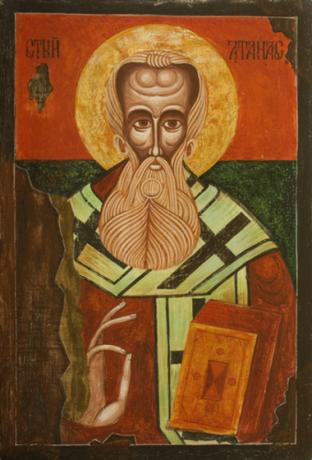Emperor of the Holy Roman Empire, ie Emperor of Rome, King of Germany, Sicily and Jerusalem, born in Jesi, Italy, whose kingdom was marked by his struggle against the papacy, which caused the extinction of the house of Hohenstaufen. Grandson of Frederick I Barba-Roxa and son of Henry VI of Hohenstaufen and Constança de Altavilla, heir to the Norman kingdom of Sicily, he was orphaned at the age of three. Crowned King of Germany (1197) and of Sicily (1199), under the tutelage of Pope Innocent III, he proclaimed his majority (1208) and married Constance, sister of King Pedro II of Aragon.
He was elected by the Diet of Frankfurt (1212) and crowned Emperor of Rome in Mainz by Pope Honorius III (1220). His problems with the papacy began after his crusade to the Holy Land (1228), for arriving there, instead of fighting, he negotiated with the sultan al-Kamil and conquered peacefully Nazareth, Bethlehem and Jerusalem, which displeased the pope, who called an ecumenical council, but it was not held because the emperor had the cardinals arrested and bishops. He sponsored the election of Pope Innocent IV, and paradoxically became known as the king of priests due to papal support, and also as an antichrist by his opponents, for adopting some customs Muslims. Further disagreements with the pope culminated in his deposition (1245), ending practically fifty years of his reign. Refugee in Apulia, southern Italy, he remained there until his death.
Polyglot, mathematician and writer, transformed into the first modern state in history. He brought together Jewish, Arab and Christian scholars and turned the court into a meeting point for the various cultural currents of the time. He ended the privileges of feudal lords, reorganized the administrative system, promoted commerce, industry and agriculture, and founded the University of Naples. He decreed (1221) that no one could practice medicine without the public approval of the Salerno School teachers. The Regimen sanitatis salernitanum, Salerno's health manual, in reverse, is one of the first guides to medical practice. He later made the teaching of anatomy compulsory at the School of Medicine in Naples (1240).
Source: http://www.dec.ufcg.edu.br/biografias/
Order F - Biography - Brazil School
Source: Brazil School - https://brasilescola.uol.com.br/biografia/frederico-roger-de-hohenstaufen.htm


